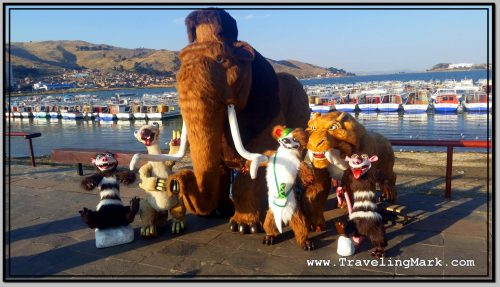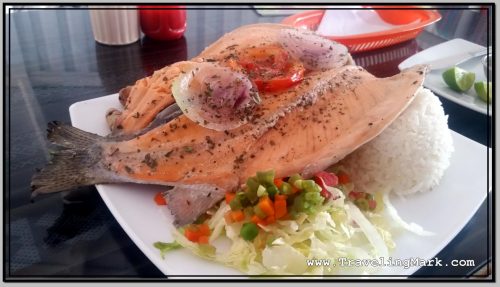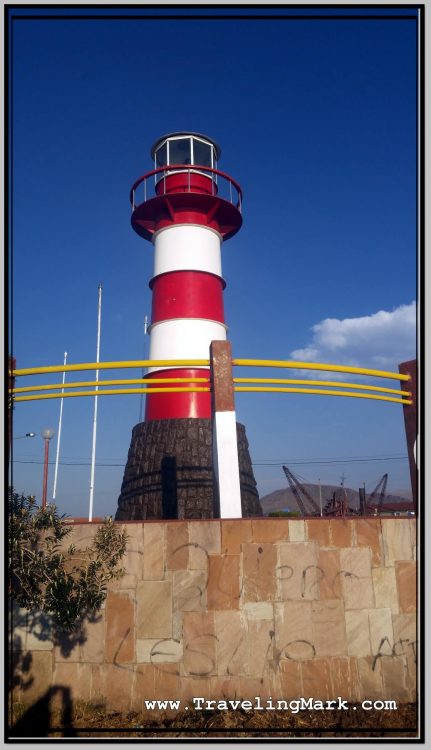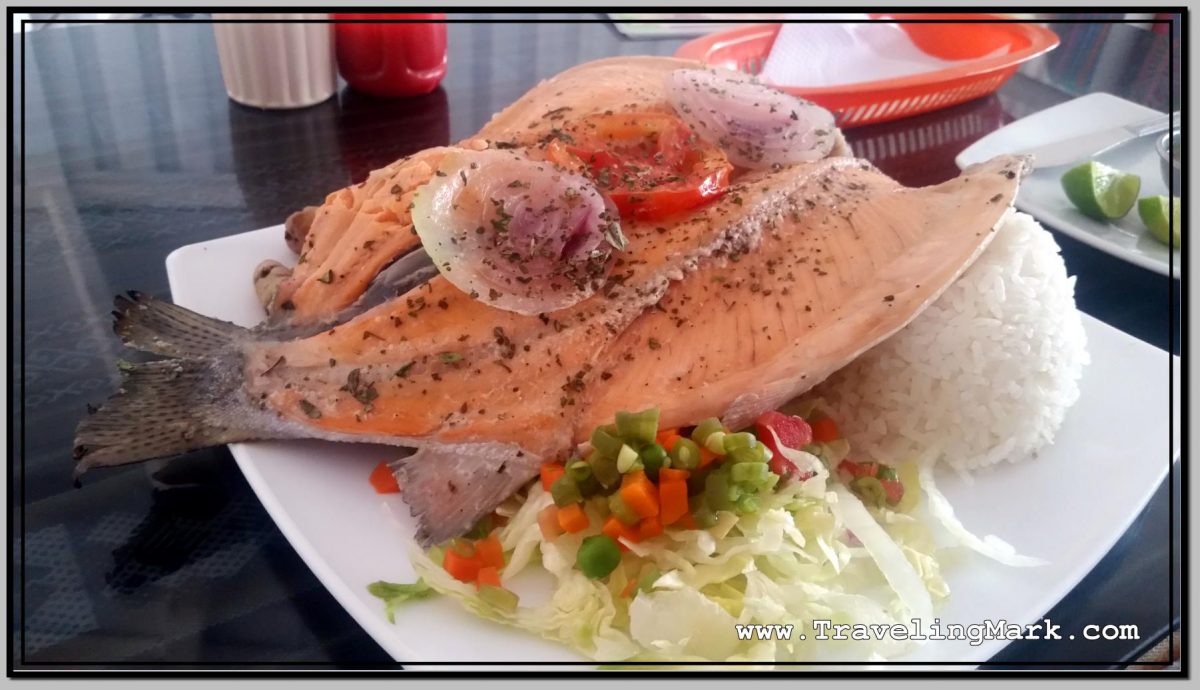The Port of Puno, located on the Lake Titicaca, is a safe and clean area full of shops selling handicrafts, and restaurants serving fish from the lake.

I popped into one to try local trout. I enjoyed fresh and pollution free trout in Papallacta, Ecuador, where it cost $6 US, so I wanted to compare how Peruvian trout compared to the Ecuadorian in both quality and price.
What I liked the most about the restaurants at Puno Port, was that aside from common trucha frita (fried trout), they also offered trucha al vapor (steamed trout). With the nutrients preserved better in steaming as opposed to deep frying, the trout “al vapor” is much healthier and tastier. Certainly a point for Peru.

I also liked that at Puno Port, I could choose from a vast array of accompaniments, including french fries, baked potatoes, steamed root vegetables, veggie salad, cooked corn, etc. In Ecuador’s Papallacta, trout came with accompaniments too, but they were always set to fries and a bit of salad, with no option to chose what I’d like. However, in Ecuador, unlike in Peru, the trout also came with a bit of a soup and a beverage. This part was a draw.
The Puno trout was beyond compare larger than what you get in Papallacta, and the overall portion of food on the plate was larger too. I’m a big guy and this was my first meal of the day after walking around the city for a few hours, but I could not actually eat all of what I had in front of me (I left steamed potatoes on the plate). This was definitely a point for Peru, as portions in Ecuador were much smaller.
Waters of Late Titicaca are however murky and full of waste from virtually every house in Puno and all other communities on its shores. Many parts around the lake stink like sewage, so trout from Titicaca is certainly filthier than that of Papallacta, where water is crystal clear with nothing around to severely pollute it. A strong point for Ecuador.

Lastly, the price for the plate of trout in Puno was 16 Soles, which was about $4.84 US at the time of my visit, making the dish in Peru a slightly better deal than in Ecuador. Needless to say, whereas that option existed, when I returned to have trout in the same restaurant again the following day, that time around I only ordered half the fish, which came at half the cost of 8 Soles (about $2,42 US). At that cost, I got about the portion of trout in Ecuador, making Puno a hell of a better deal overall.
While I enjoyed trout in both Papallacta and Puno, and would not hesitate recommending both for anyone visiting either place, I think despite all, I give this one to Peru, as the value for money is simply greater there. And that’s despite the fact that Peru is overall more expensive than Ecuador. It comes to show that good deal can be had even in pricey locations.
The purity of the fish in Ecuador, however can’t be beat. Unfortunately, the purity won’t mean a whole lot if the fish is deep fried in high transfat vegetable oil in the end.
Yummm, trouty!




